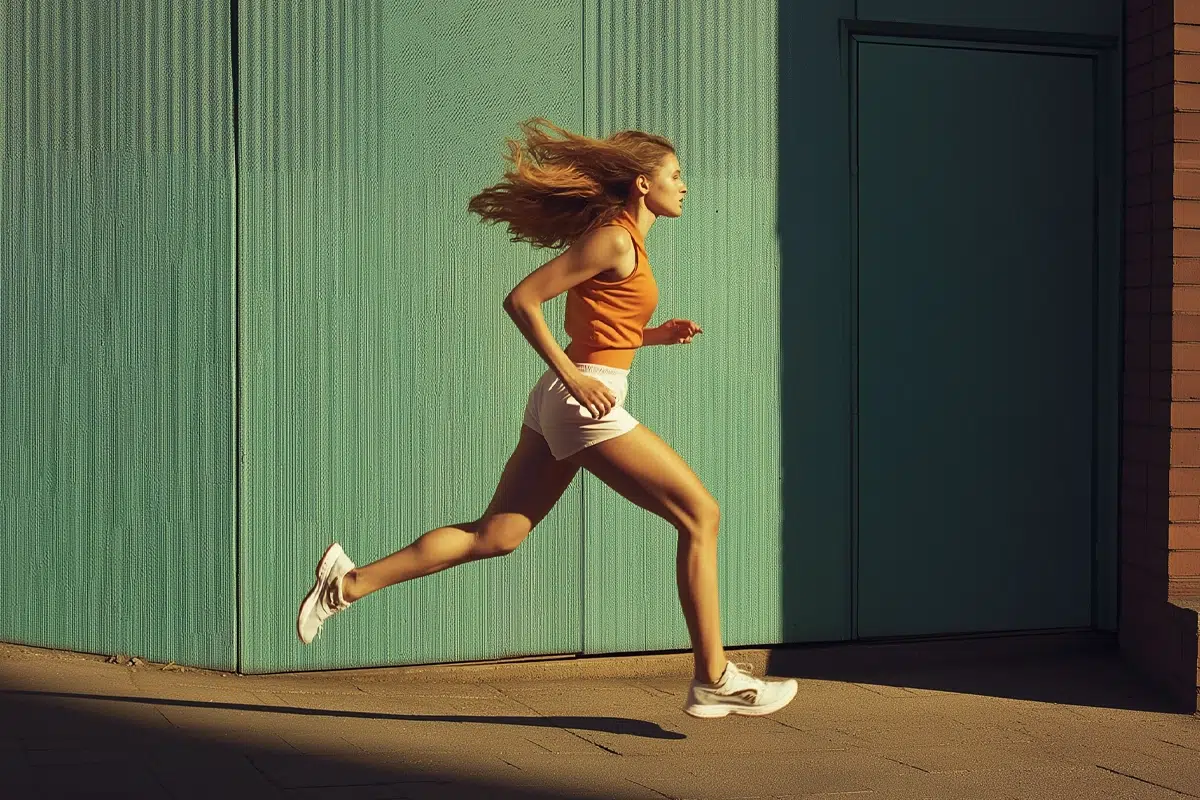Breathing is essential for any physical activity, whether it’s moderate or intense exercise. But what can you do if you experience shortness of breath? How can you increase your lung capacity and improve your breathing through sports? This guide covers the causes of breathing difficulties, techniques to optimise your respiration, and the best sports to enhance your endurance.
👉 Want to estimate the calories burned during your workouts? Use our free calorie expenditure calculator per sport.
Causes of shortness of breath during exercise
Lack of training
If your body isn’t accustomed to physical effort, your lung capacity may be limited, leading to shortness of breath.
Poor breathing technique
Breathing too fast or shallowly restricts oxygen intake, affecting your performance.
Sport How to choose your electric bike and why the British are falling in love with e-cycling
External factors
- Poor posture that compresses your lungs
- Environmental conditions like pollution or cold air
- Stress, which can disrupt breathing patterns
Underlying health issues
Certain medical conditions, such as asthma or cardiovascular issues, can cause breathing difficulties. If shortness of breath persists, consult a doctor.
What is good breathing?
Effective breathing: diaphragmatic or abdominal
The best way to breathe during exercise is by engaging the diaphragm. This allows your lungs to fill completely, improving oxygen intake and carbon dioxide elimination.
Benefits of proper breathing
- Improved physical endurance
- Faster recovery after exercise
- Reduced stress and better focus
Exercises to improve your breathing
1. Diaphragmatic breathing
- Lie down or sit comfortably
- Place one hand on your belly and the other on your chest
- Inhale deeply through your nose, inflating your belly, then exhale slowly through your mouth
2. Alternate nostril breathing
- Block one nostril and inhale deeply through the other
- Switch nostrils to exhale
- Repeat for a few minutes to regulate breathing and increase lung capacity
3. Coherence breathing technique
- Inhale for 5 seconds, then exhale for 5 seconds
- Repeat for 5 minutes to synchronise breathing with heart rate
4. Interval training
Alternating between high-intensity bursts (e.g., sprinting) and recovery phases (e.g., walking) can help improve endurance and breathing efficiency.
Best sports to improve breathing
Swimming
Swimming requires precise breath control, strengthening the lungs and improving oxygen efficiency.
Yoga or pilates
These activities combine breath control with movement, helping develop lung capacity while reducing stress.
Running
Running is excellent for training respiratory endurance, especially when using rhythmic breathing techniques (e.g., inhaling for 3 strides, exhaling for 2).
Cycling
Like running, cycling engages the cardiovascular system and gradually enhances lung capacity.
Team sports
Football and basketball involve alternating between intense activity and recovery periods, making them great for breath control.
How to increase lung capacity?
Take a gradual approach
Avoid overexerting yourself at the start. Gradually increase workout intensity and duration.
Train consistently
Consistency is key to improving breathing. Aim for at least three training sessions per week.
Sport How to avoid running injuries: 10 essential tips for safer training
Maintain good posture
A proper posture opens up the chest cavity, making breathing easier. Stand upright and avoid hunching over during exercise.
How to recover your breath quickly after exercise?
1. Slow down gradually
Instead of stopping abruptly, transition to a slower pace, such as walking, to aid recovery.
2. Focus on your breathing
Breathe deeply and slowly to regulate your heart rate. Inhale through the nose, exhale through the mouth, and control the airflow.
3. Use an open posture
Place your hands on your hips or lean slightly forward to open up the chest and facilitate oxygen intake.
The benefits of better breathing through exercise
Enhanced physical performance
Mastering breath control helps sustain exercise for longer durations and boosts overall performance.
Sport Aquagym or aquabiking: the best water workouts to sculpt your body and burn calories
Reduced everyday breathlessness
Better respiratory capacity makes daily activities, like climbing stairs or carrying groceries, feel easier.
Increased overall well-being
Optimised breathing can reduce stress, improve sleep quality, and strengthen immunity.
Breathe better, move more!
Improving your breathing through exercise is achievable for everyone with the right techniques and regular practice. Whether you’re a runner, yoga enthusiast, or swimmer, there are numerous ways to enhance lung capacity and optimise respiration.
In the UK, activities such as hill walking in the Lake District or cycling in the countryside are fantastic ways to naturally strengthen your breathing while enjoying scenic landscapes. Many Britons also practice deep breathing techniques in mindfulness sessions, which have gained popularity across the country.
👉 Want to reach your ideal weight? I’ve created a free eBook with expert advice on regaining control of your body. Download it now!
Sport Is Running Bad for Your Joints?
💬 What are your best tips for improving breath control? Share your experiences on X (Twitter)!








